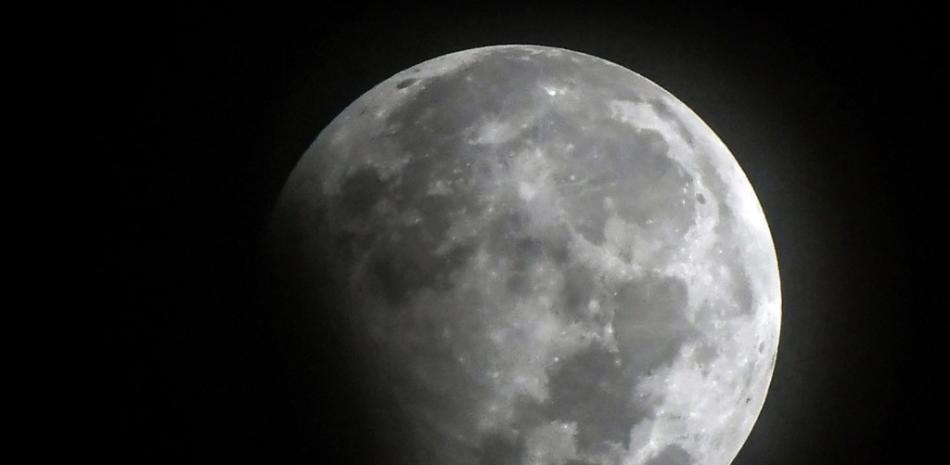China A mission was launched on Friday to collect samples from the far side of the moon, an achievement that is part of an ambitious space program that aims to send a manned mission to Earth’s satellite by 2030.
The missile was launched from the launch center Wenchang area In southern China’s Hainan Province, just before 5:30 pm (09:30 GMT), an AFP journalist near the launch pad reported.
This mission is the latest step in China’s ambitious space program, which, according to the United States, is being used to cover military objectives and is an attempt to impose its dominance over the universe.
The point of Chang’e-6 probe The mission is to collect about two kilograms of material from the far side of the Moon and return it to Earth for analysis.
the Xinhua State Agency He described the launch as “the first attempt of its kind in the history of lunar exploration.”
It is a technically complex 53-day mission that seeks to achieve an unprecedented feat: the launch of an instrument from the part of the moon that can never be seen from Earth.
“Chang’e-6 will collect samples from the far side of the Moon for the first time,” Ge Ping, deputy director of the China Center for Lunar Exploration and Aerospace Engineering, told reporters.
The ship must land in the massive Aitken Basin, one of the largest known volcanic craters in the solar system, located at the South Pole.
Once there, it will collect soil and rock samples, and conduct other experiments in the landing zone.
Finally, the probe must launch from the Moon and return to Earth.
Space dream
The mission is the latest step in China’s ambitious space program which, according to the United States, is being used to cover military objectives and is an attempt to impose its dominance over the universe.
Under the presidency Xi JinpingChina has strengthened its “space dream.”
In the past decade, it has allocated enormous resources to this program and set ambitious goals to bridge the gap with the two established powers in this field, the United States and Russia.
The Asian giant has achieved remarkable progress: building the Tiangong Station (Heavenly Palace), landing robotic vehicles on the surface of Mars, and becoming the third country to take astronauts into space.
By 2030, China wants to send a manned mission to the moon and also plans to build a base on the Earth’s satellite.
The United States plans to take astronauts to the moon again in 2026 with the Artemis 3 mission, several decades since the last expedition.
The rapid progress of China’s space program has caused concern in Washington. The head of NASA admitted last month that the United States is now in a “race” against Beijing.
“We believe that much of your so-called civilian space program is a military program,” NASA Administrator Bill Nelson told US lawmakers on Capitol Hill.
Hidden side of the moon
Chang’e-6 is just the first of three unmanned missions to the Moon planned by China this decade.
Its successor, Chang’e-7, will explore the moon’s south pole in search of water, and Chang’e-8 will try to determine the technical feasibility of building a base there.
Beijing estimates that the “basic model” of this base, called the International Lunar Research Station, is scheduled to be completed in 2030.
Scientists consider the far side of the Moon, so named because it cannot be seen from Earth at all, even though it receives sunlight, as promising because its craters are not covered by ancient lava rivers.
This means there is a greater opportunity to collect material that provides clues about how the Moon formed.
“The samples collected by Chang’e-6 will have a geological age of about 4 billion years,” said Ge, of the Center for Lunar Exploration and Space Engineering.
“Collect lunar samples from different geological regions and eras

“Social media evangelist. Student. Reader. Troublemaker. Typical introvert.”




:quality(85)/cloudfront-us-east-1.images.arcpublishing.com/infobae/SXDWOIO7O5FMZOWUATFEXQYWTY.jpg)


More Stories
BCN returns CABEI $200 million loan to counter massive bank run
MIT Offers Innovative Solution to End Poor Mobile Connectivity
Elon Musk has announced that Tesla will start using humanoid robots starting next year.